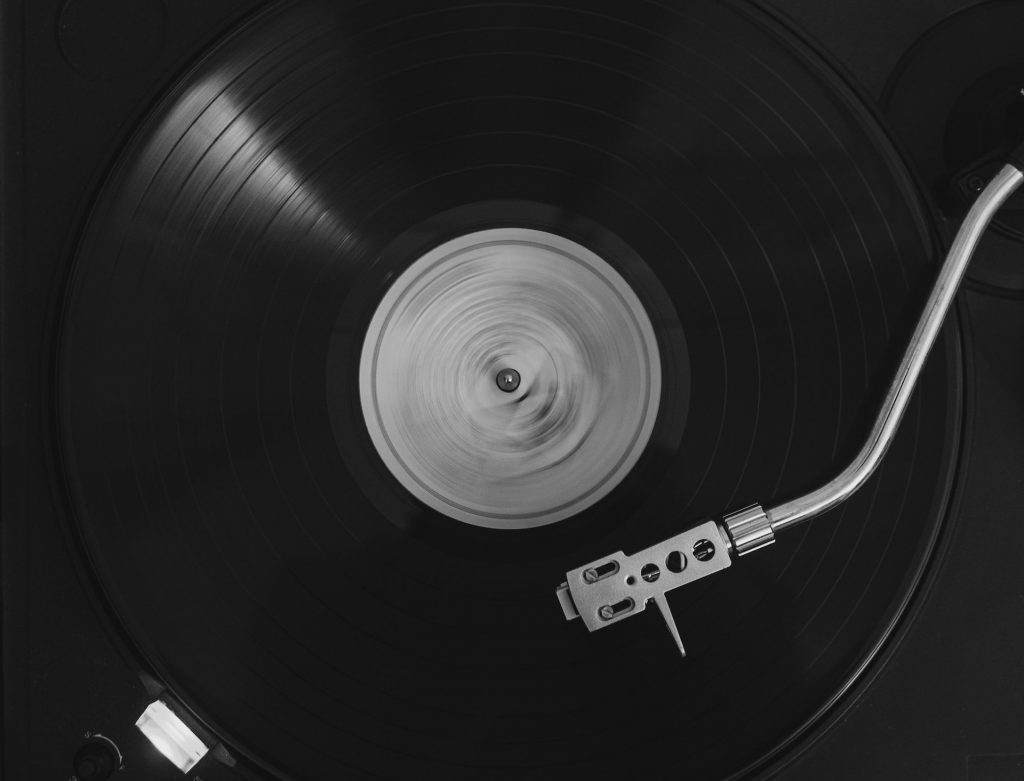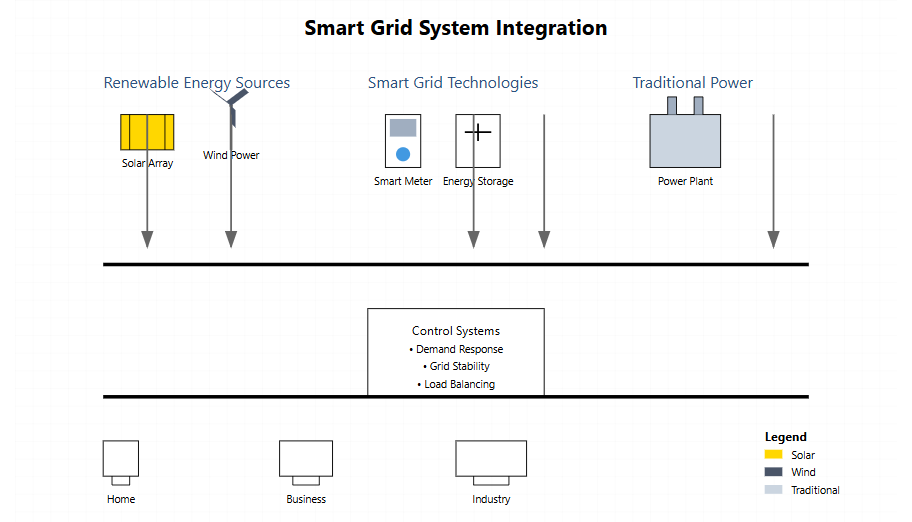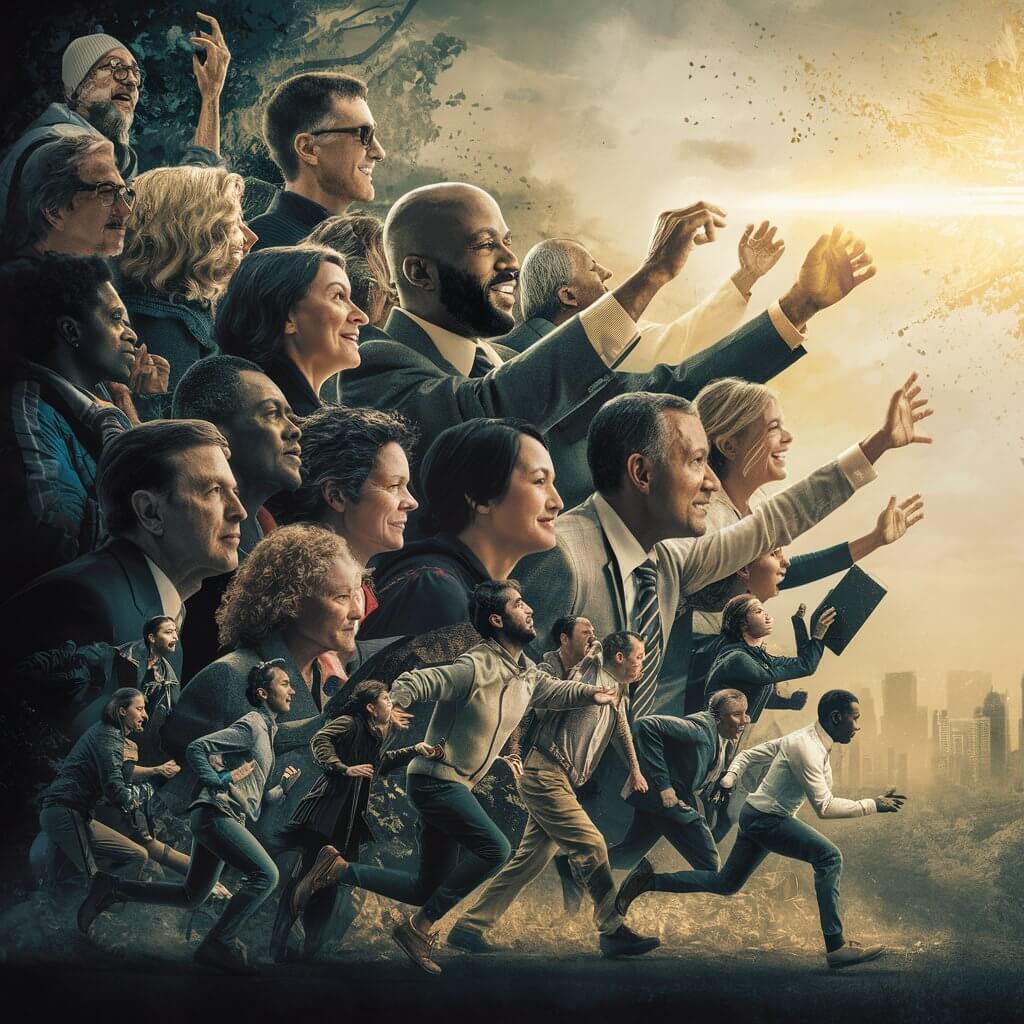Vinyl records have a timeless allure, even in today’s digital age. More people are embracing nostalgia for old-school sounds and sentiments. Music festivals like Coachella and street vendors selling classic albums prove that vinyl is far from dead.
If that retro allure appeals to you, you can’t ignore how indie music fans and hip-hop artists have embraced vinyl’s revival in different ways.
For those who miss hearing records through an old-school sound system, this report explores what changed when vinyl revived.
The Cultural Significance of Vinyl
Several cultural factors drove vinyl’s resurgence in popularity. The rise of independent record stores catering to nostalgic music enthusiasts played a key role. Moreover, the desire for high-quality sound reproduction made the superior fidelity of vinyl attractive compared to digital formats.
Vinyl’s unique characteristics – its weighty feel, colorful artwork, and tactile experience – appealed to audiophiles seeking a sensory connection with music. Nostalgia for past cultural experiences also fueled interest, as people sought to recapture memories by purchasing new releases or re-releases of classic albums.
Social media influencers and tastemakers promoted vinyl, sharing their passion and creating a snowball effect among enthusiasts. Additionally, cultural critics embraced vinyl as a symbol of resistance against mainstream digital homogenization.
How has the tactile vinyl experience influenced music appreciation and nostalgia?
The tactile experience of vinyl has brought back a sense of intimacy and connection with music. The crackle of the needle creates a unique sonic signature, making each listen feel special. This sensory experience is visually appealing through album artwork appreciation.
Vinyl has become a status symbol for music enthusiasts valuing authenticity and uniqueness. Its resurgence led to more record stores, flea markets, and online marketplaces for finding rare gems. The nostalgia surrounding vinyl encompasses not just sound quality but the tactile, shared cultural heritage of listening to records.
How has social media shaped public perception of vinyl’s cultural significance?
Social media provided platforms for enthusiasts to share their passion and connect in vinyl collecting communities. Online groups fostered this sense of community. Social media influencers promoted vinyl by showcasing collections and personal stories, sparking more interest.
Music streaming inadvertently made physical media desirable again by making digital music ubiquitous. The rise of independent record stores hosting events like Record Store Day celebrations further fueled enthusiasm.
Overall, social media was instrumental in shaping vinyl’s cultural renaissance by enabling connection and storytelling among fans.
Production Process and Evolution
Several innovations improved vinyl record production. New high-quality, eco-friendly PVC compounds enabled more durable, long-lasting records. Precision-cutting techniques allowed better control and sound quality. Advanced mastering technology using digital tools optimized processes for optimal vinyl results.
Additionally, improved pressing techniques with superior surface finishes reduced scratches and noise, enhancing overall sound fidelity.
How have improved pressing methods impacted vinyl sound quality?
Advancements in pressing techniques significantly improved vinyl’s sound quality through factors like enhanced dynamic range, frequency response, and reduced distortion. New materials like PVC-free compounds increased durability and surface noise reduction for greater clarity.
The use of ceramic-coated dies created records with improved dynamics and less distortion. As a result, modern vinyl provides a more accurate representation of the recorded music, especially capturing nuanced low frequencies.
What factors drove vinyl’s resurgence among music enthusiasts?
Nostalgia played a major role in vinyl’s popularity resurgence among music fans. The tactile experience of a physical format resonated with those who grew up with tapes and CDs. Independent record stores and online retailers made finding and purchasing vinyl easier.
The rise of streaming services prompted interest in more tangible ways to experience music beyond digital formats. Crucially, record labels releasing new music and re-issues on vinyl met increasing demand for collectible titles.
The Impact of Vinyl on Music Consumption
Vinyl’s resurgence stems from the tactile experience it offers that digital formats lack. Holding the physical album artwork and record creates an intimate connection fans find appealing. Vinyl’s perceived high-quality, warm analog sound is viewed as sonically superior.
The nostalgia associated with vinyl’s link to past music culture eras drives fans to seek rare records. The rise of independent record stores promoting vinyl culture through curation and expertise catalyzed interest.
How has vinyl’s tactile nature influenced consumer behavior?
The physical act of holding vinyl records fosters emotional connections and fan loyalty through the sensory experience. The demand for rare, limited-edition releases makes these exclusive titles sought after by collectors that record stores cater to.
The ritualistic process of playing a record by carefully placing it on the turntable enhances listener engagement. Vinyl’s nostalgic appeal allows those who grew up with records to reconnect with their musical pasts through its tangible format.
Notable research on vinyl’s cultural impact on music trends?
Notable studies explored vinyl’s cultural significance, like “The Vinyl Revival” by Smith and Duffield at University of Illinois. This examined nostalgia, tactile experience, and desires for authenticity driving vinyl’s renaissance as a symbol of cultural heritage.
Green’s “The Cultural Significance of Vinyl Records” at UCLA focused on how vinyl shapes our musical tastes, emotional connections to music, and its influence on contemporary trends.
These studies highlight how vinyl’s resurgence stems from cravings for authenticity, nostalgia, and physical music experiences impacting modern consumer behavior.
By prioritizing the tactile and nostalgic experience, vinyl records have undergone a cultural resurgence driven by desires for authenticity and emotional connections. Manufacturing innovations improved quality, while social media enabled community building around this renaissance. As music consumption evolves, vinyl’s distinctive characteristics ensure its enduring appeal.











Модные советы по подбору превосходных луков на любой день.
Мнения экспертов, события, все новинки и шоу.
https://www.addonface.com/read-blog/83288
https://coursebible.com/posts/betting-in-ancient-times-a-historical-perspective
Site 1xBet India
Plausibly.
You have mentioned very interesting details! ps decent website.Raise your business
Pingback: The Tiny House Movement - Esbecgroup